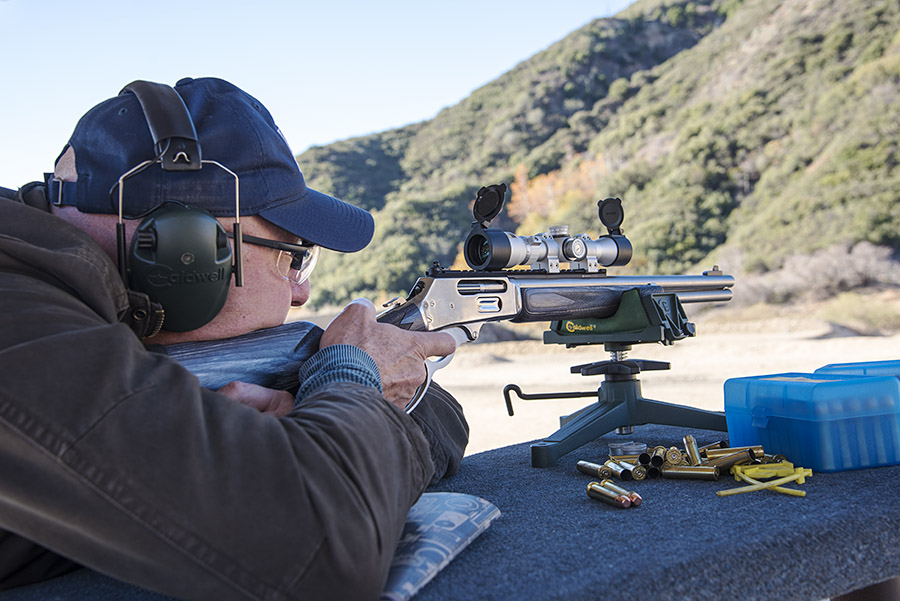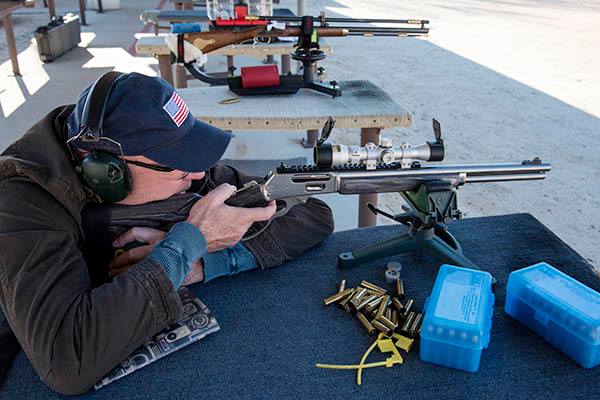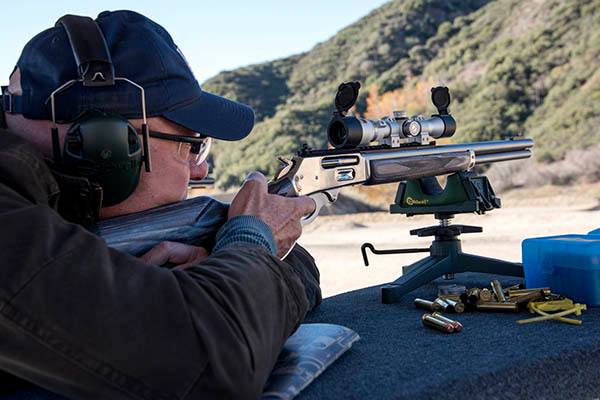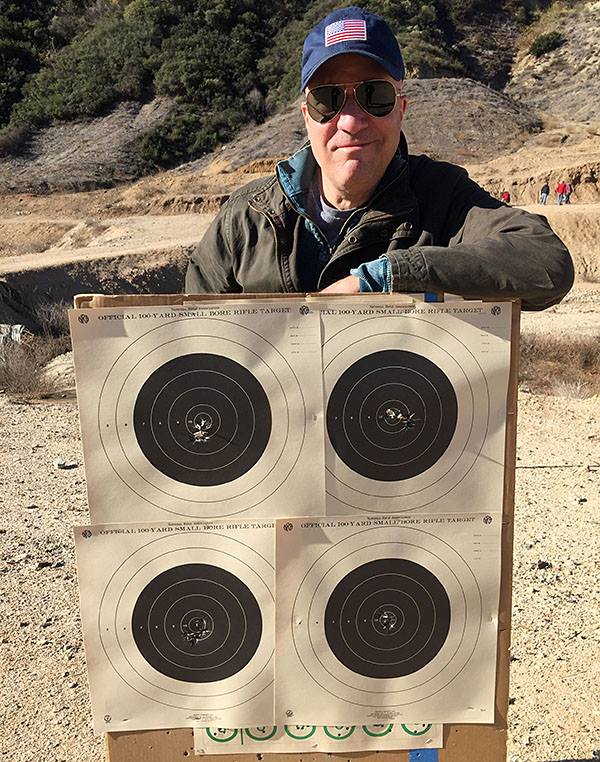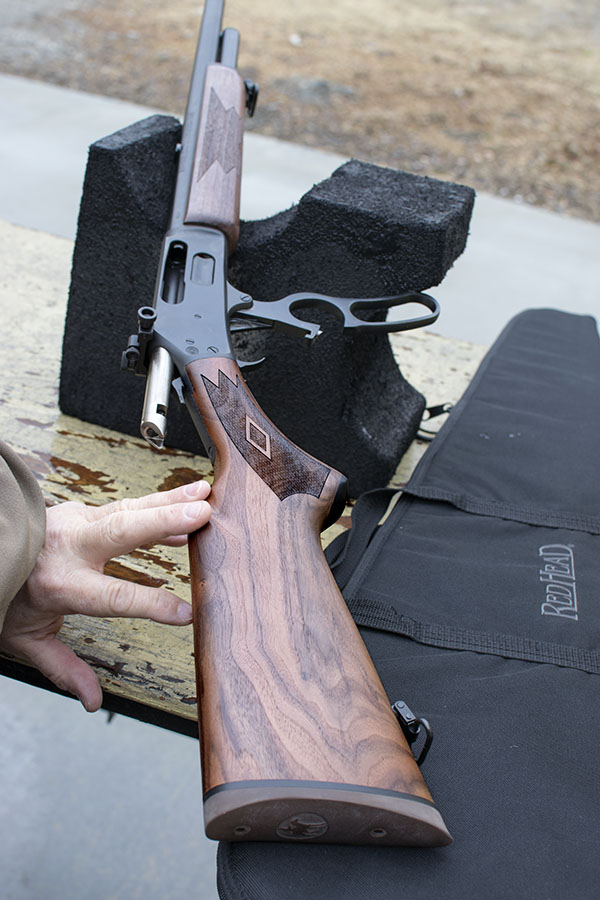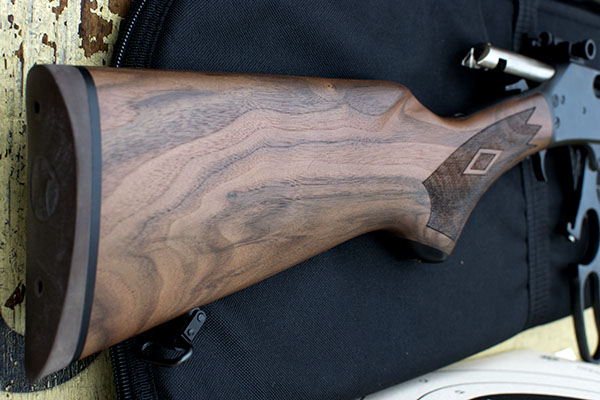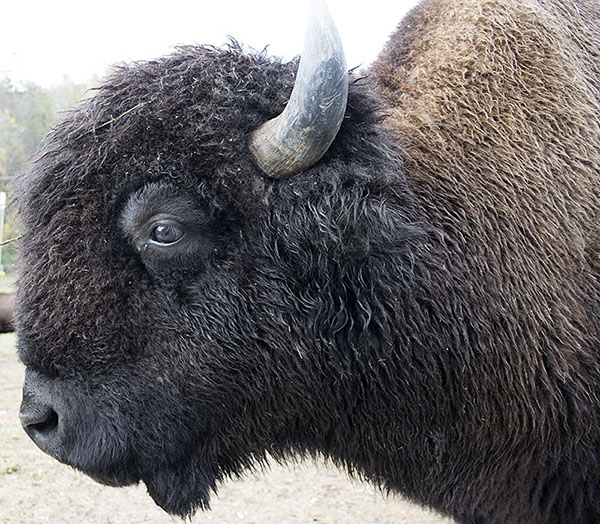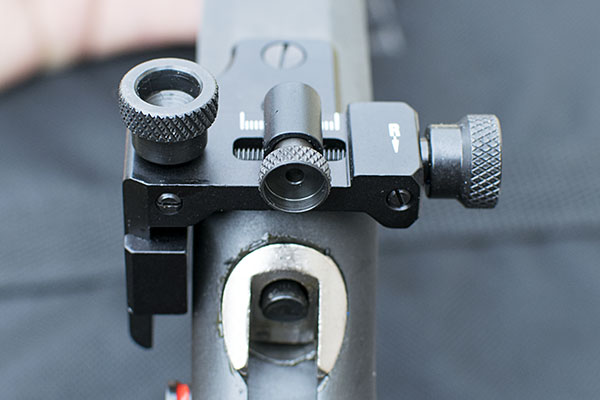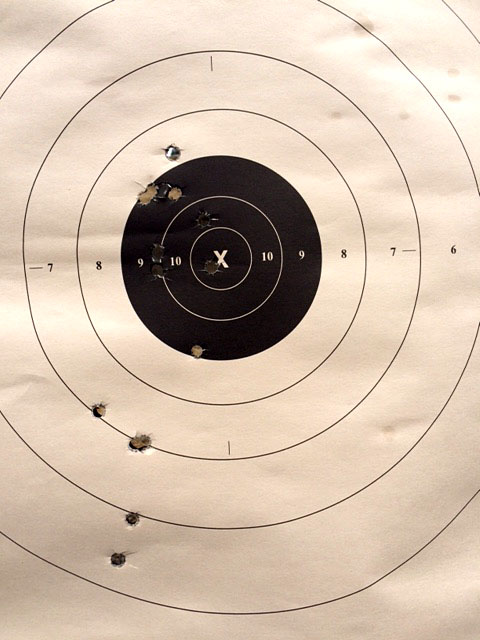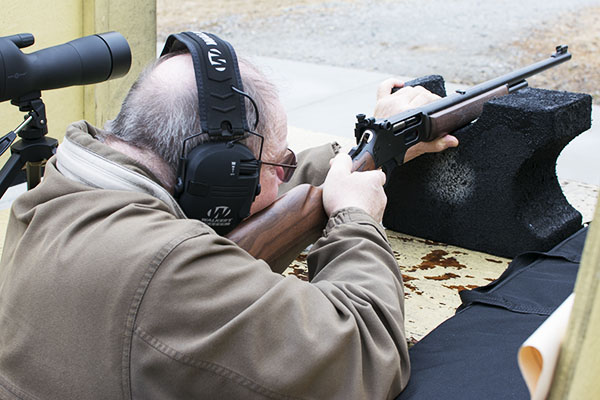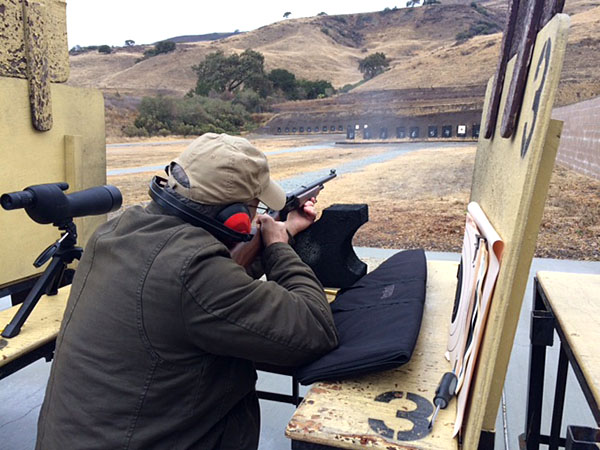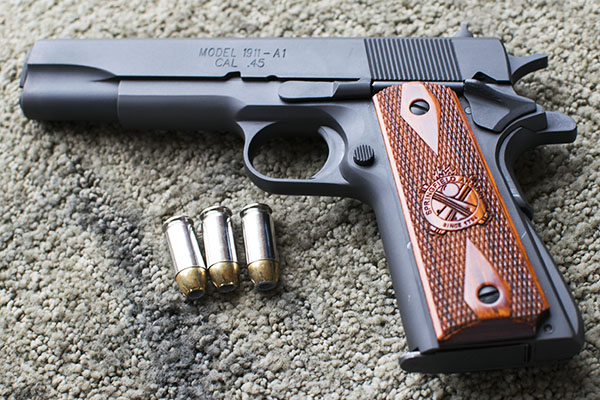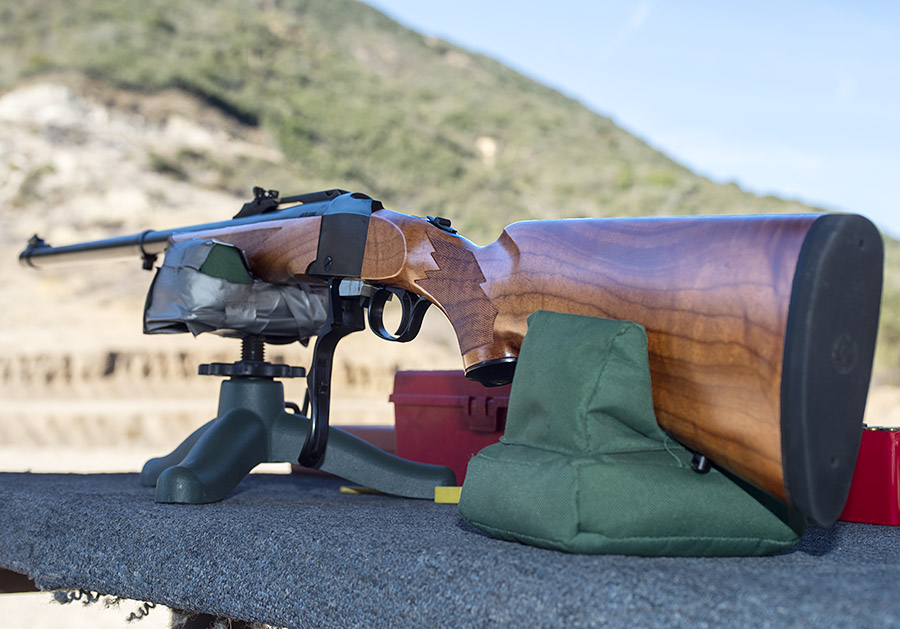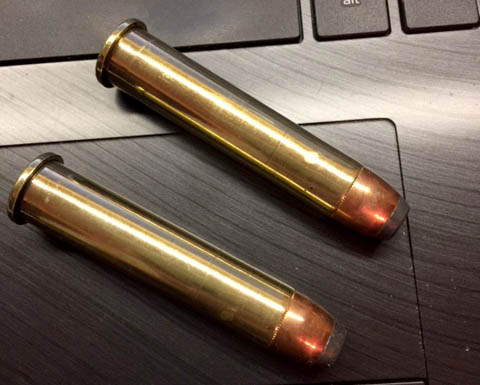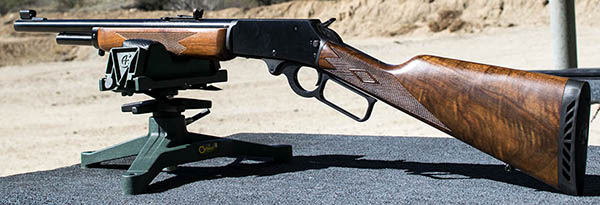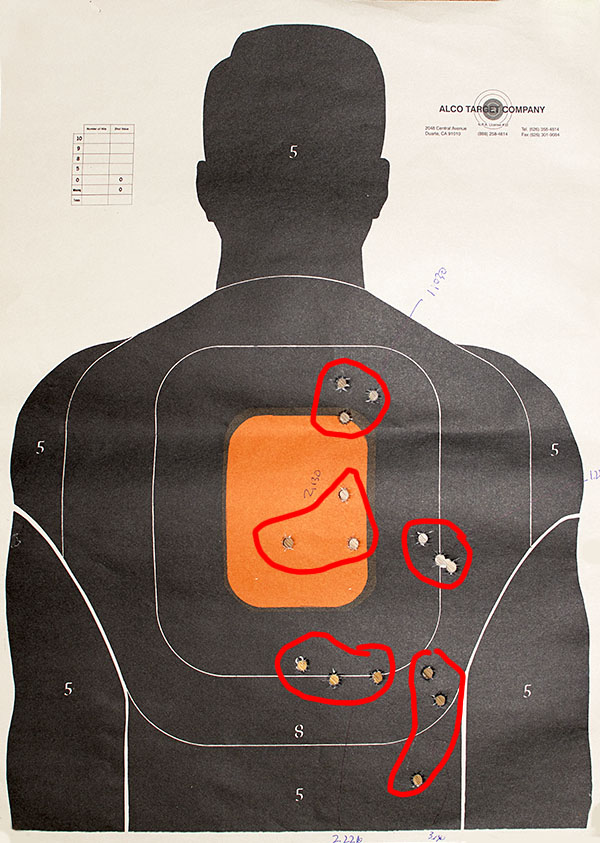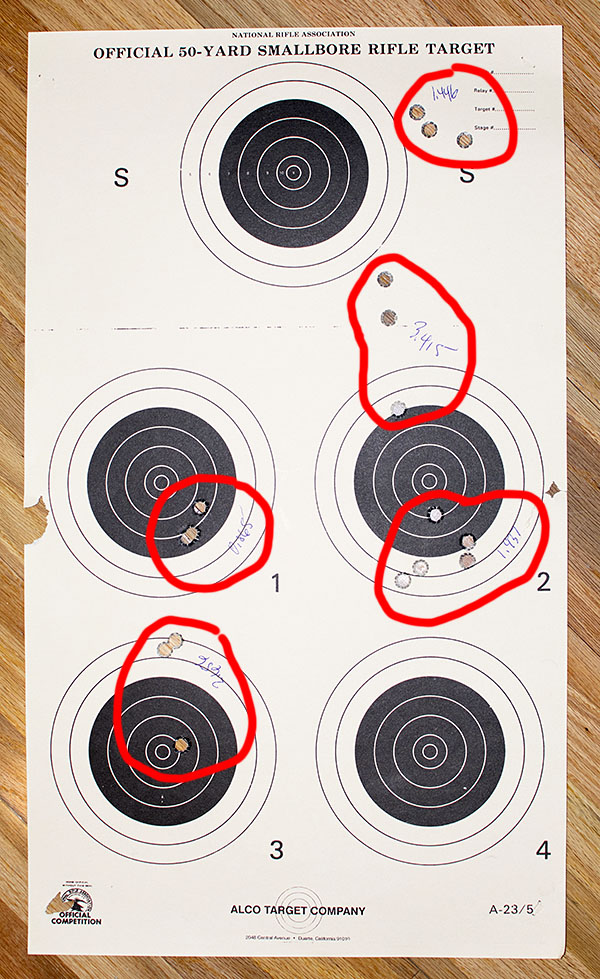My Dad was a world-class trapshooter and he owned more than a few exotic shotguns when I was a kid. I didn’t know much about them but the names and the quality of those trap guns impressed me even as a little guy. Ljutic, Parker, Winchester, Perazzi, L.C. Smith, and others were stacked in every corner of our little place in New Jersey, and the colors, the wood, and the engraving stuck in my mind. Of particular interest to me were the fine walnut and the exotic colors. Dad explained that the swirling grays, browns, and blues on the receiver were done with an exotic color case hardening process that used bone charcoal laid on the parts at high temperature. It’s magical stuff. I didn’t understand all of it then and I don’t pretend to understand all of it now, but I sure like the way those guns looked.
Fast forward 50 years or so, and I learned of a company in New York called Turnbull Manufacturing. Doug Turnbull runs it and the focus originally was on firearms restoration. As part of that, Turnbull researched the history and lost art of color case hardening so he could include it as part of the restoration process. Turnbull’s work was stunning, and it didn’t take long until a few firearms manufacturers and gun distributors realized it would make a highly-marketable feature on limited runs of new guns.
The Turnbull 1917 Smith and Wesson

15 years ago Smith and Wesson introduced a reissue of its World War I Model 1917 for a very short time, and as part of that deal, the new Smith included Turnbull color case hardening on the frame. I saw one of the Turnbull 1917 revolvers at a local Bass Pro and it sat in the display case for months. Where I live, the rage is all plastic guns that wannabe gangbangers hold sideways like they see in movies released by folks whose entire knowledge of guns could fit on the head of a pin (with room left over for the Gettysburg Address), so the re-release of the Turnbull 1917 Smith stayed in the Bass Pro display case for a long time. It was a thousand dollar handgun that Bass Pro had marked down to $695, and it still hadn’t moved.
A few weeks later I stopped at Bass Pro and the 1917 was still there. I asked the kid behind the counter what they would take for it; he read the price tag and told me $695. Would you consider less, I asked. I’d have to ask the manager, he said, looking at me and not moving. Why don’t you do that, I answered. He finally realized his job was to sell stuff and I was a real live customer, so he took off in search of whoever the boss was.
“We’ll take 30 off,” Junior said when he returned.
“Is that percent, or dollars?”
He smiled. “Dollars.” It was still a hell of a deal and I pulled the trigger (pardon the pun; some of these almost suggest themselves).
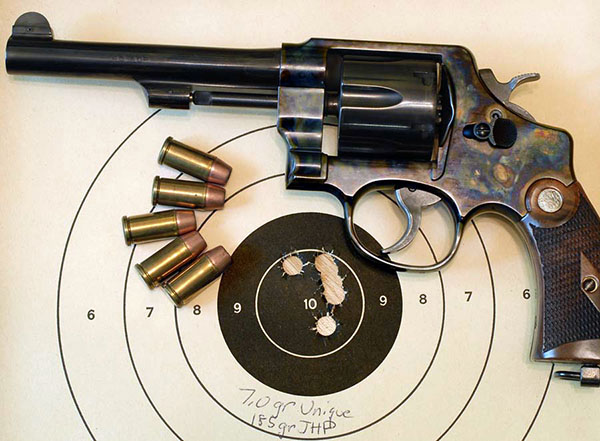
I love my 1917 and I love shooting it. It’s accurate. It looks cool, it hits where I want it to hit, and it’s a .45. It makes me feel like Indiana Jones. And there’s one more cool thing…this gun carries well. Indiana Jones has nothing on me. That Cairo guy cloaked in black twirling the big sword? Bring him on.
Turnbull’s 1895 Marlin
Next up? That would be my 1895 Marlin in .45-70. Turnbull did a series of these, too. That Marlin 1895 with Turnbull’s color case hardening hit home for me as soon as I saw photos of it. I had to have one.

Back in the late 1800s and early 1900s, factory Marlin lever guns were color case hardened. I am a big fan of .45 70 Marlins (as a quick review of Tales of the Gun will show you), and an 1895 with the Turnbull treatment was irresistible.
Turnbull did a magnificent job on these. It’s more than just color case hardening on the receiver. Other bits and pieces received the Turnbull treatment, and Turnbull refinished the stocks with a red stain like Marlins had a hundred years ago. The Turnbull Marlins are very limited production items, and Turnbull had photos of each Marlin they offered with this treatment. The photos you see here are the actual rifle I selected.
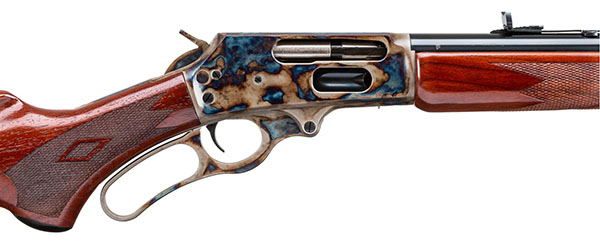
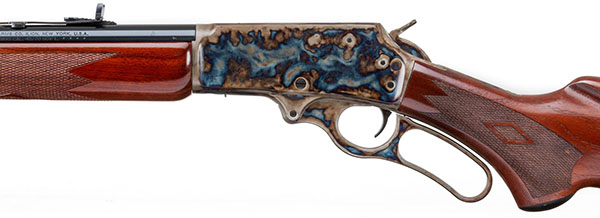
I’d like to be able to say a got a hell of deal on this one, and in a sense I did: I paid list price for the Turnbull 1895, and that was still a good deal. To make it even better, shortly after I purchased the rifle Turnbull bumped the price significantly. Got in under the wire on that one, I did.
The Turnbull Ruger Super Blackhawk
But wait: There’s more! I’ve been a Ruger fan for years. That particular affliction started with a Super Blackhawk I bought when I was in the Army in the 1970s. I shot it in International Handgun Metallic Silhouette matches back in the day, and I still shoot it. Rugers are great guns and they last forever.
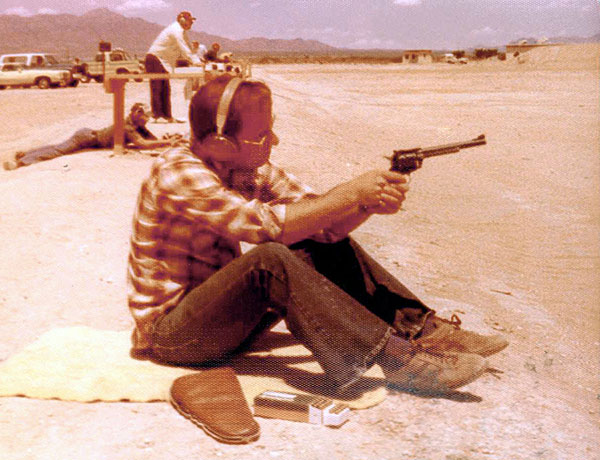
You can guess where this story is going: Turnbull teamed with Talo (a Ruger distributor) a couple of years ago to add Turnbull color case hardening to a limited run of Ruger Super Blackhawks. Wow! .44 Magnum, a Super Blackhawk, and Turnbull color case hardening. It’s like these guys knew me personally. I kept an eye on Gunbroker.com and when one of the gun outfits advertised these guns at something like 30% below list…well, you know how that wave crashed on shore. It’s an awesome handgun and I had it on the range out at the West End Gun Club just last week.
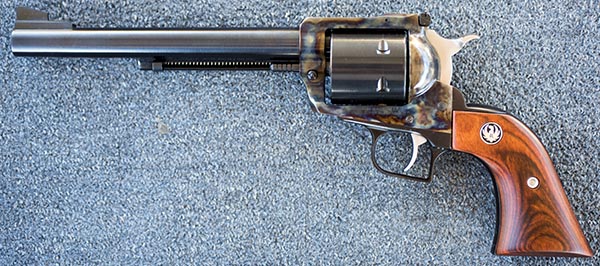
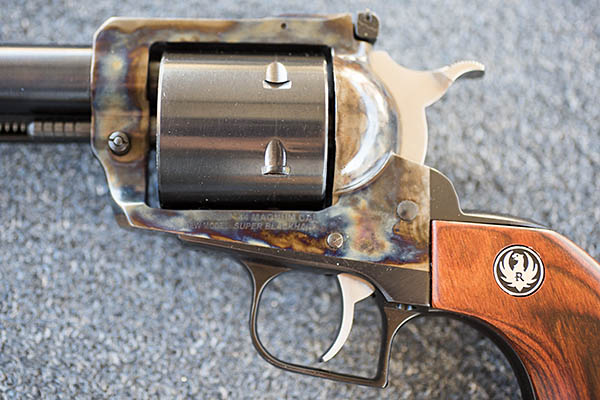
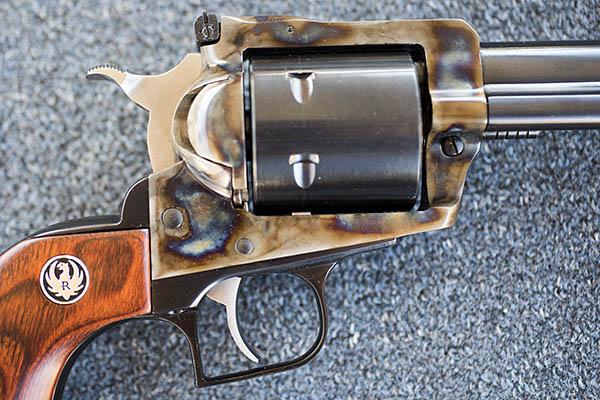
If you want to learn more about Turnbull, their guns, and their services, you might want to poke around a bit on the Turnbull site. The photography and the info there make it worth a visit.
More Tales of the Gun stories? You bet!


